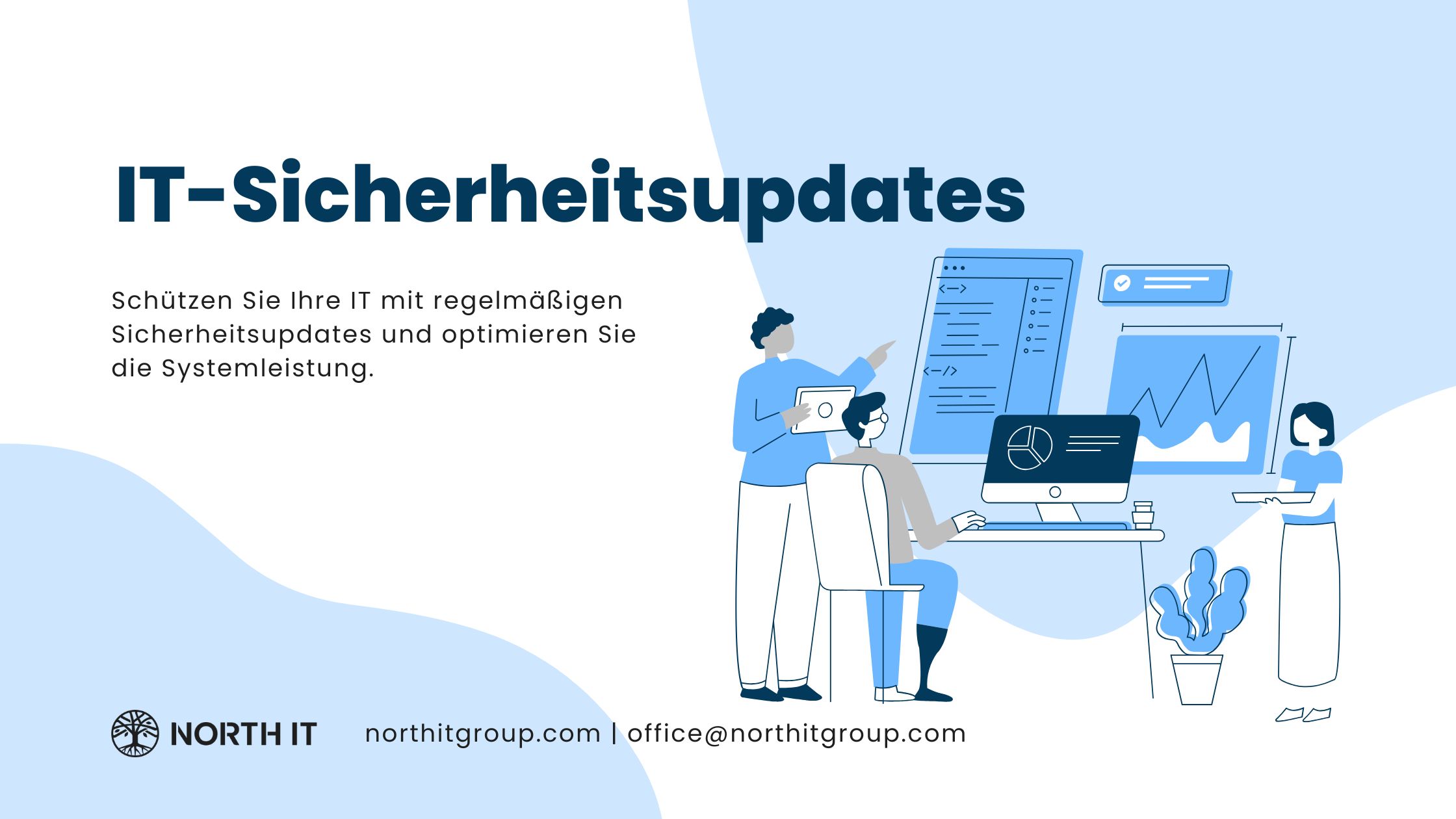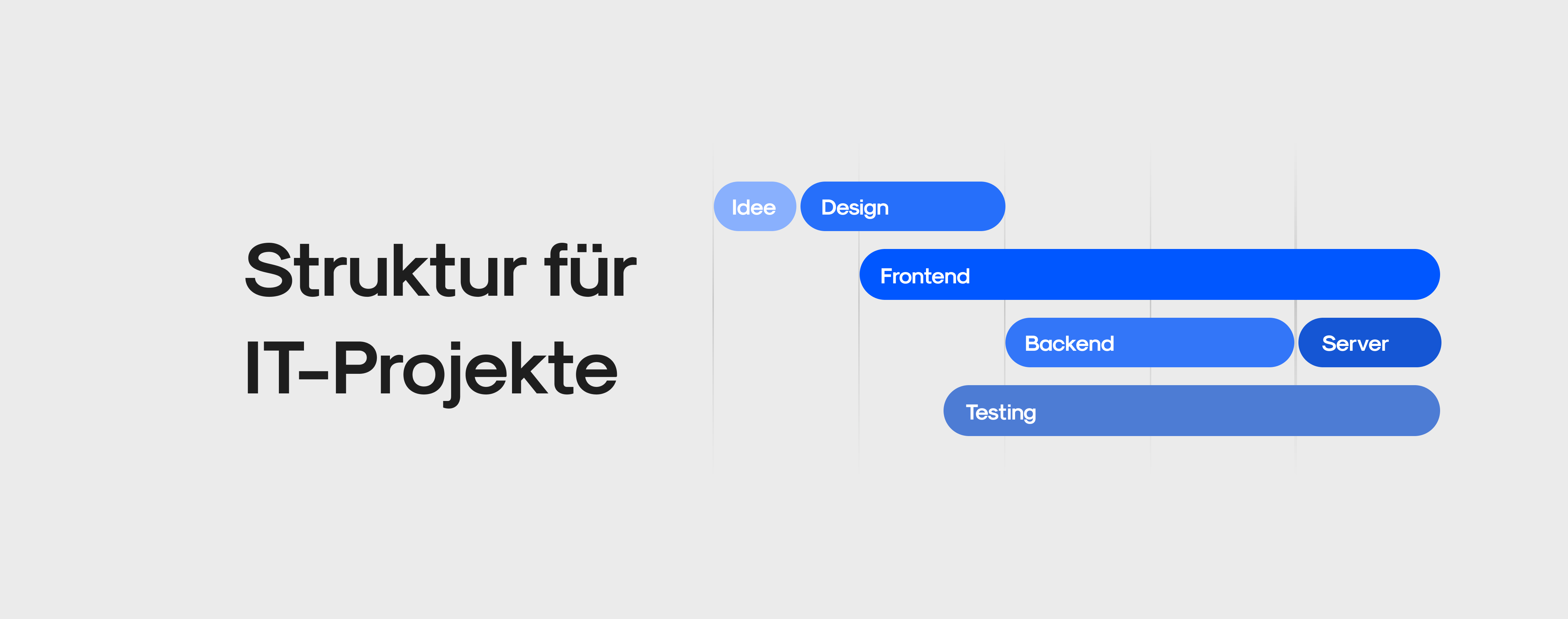Why Regular Security Updates Are Crucial for Your IT
In today's digital landscape, where the number of cyberattacks and the complexity of security vulnerabilities are increasing daily, protecting your IT infrastructure through regular security updates is essential. These updates are not only critical for safeguarding your systems against threats but also for maximizing the performance and efficiency of your business. Regular updates are a key factor in ensuring the long-term security and stability of your IT systems.
What You Need to Know:
- Security updates are the first line of defense against cyberattacks, protecting your IT infrastructure from threats.
- Unsecured systems are a primary target for hackers who actively search for vulnerabilities to exploit.
- Regular updates protect against data loss and legal consequences that can arise from security gaps.
- Automated update processes speed up response times and ensure your systems are always up to date.
- A comprehensive update strategy is a long-term investment in the security and efficiency of your business.
Cyberattacks and Security Vulnerabilities Are on the Rise – Why Companies Must Actively Protect Themselves
The threat of cyberattacks continues to grow as hackers develop increasingly sophisticated methods to infiltrate systems. Security vulnerabilities in software are often exploited as entry points, allowing attackers to steal data or sabotage systems unnoticed. Examples like the WannaCry and Log4Shell attacks demonstrate how quickly and severely the consequences of unsecured systems can be. Even small businesses, such as those creating a website or setting up a homepage, are not immune to attacks and must take proactive measures to protect their IT infrastructure.
Security Updates as the First Line of Defense Against Hackers and Malware
Security updates are a critical component of any IT security strategy, as they address known vulnerabilities in software and operating systems. Without regular updates, companies expose their systems to high risks, as hackers constantly search for unprotected vulnerabilities to exploit. Implementing a robust update strategy is essential to minimize the risk of cyberattacks and ensure the security of sensitive business data. This also applies to companies creating a website on a budget – security should never be compromised for cost savings.
Common Misconceptions: "Our systems are running smoothly – we don’t need updates."
Many business leaders mistakenly believe that stable systems do not require updates. This misconception can have serious consequences, as outdated software is vulnerable to attacks and can lead to significant operational disruptions. In an ever-evolving threat landscape, it is essential to continuously update systems to address new vulnerabilities and maintain the integrity of IT infrastructure. This also applies to businesses setting up a homepage – a stable and secure online presence is crucial for business success.
Protection Against Data Loss and Compliance Violations
Regular security updates are crucial for preventing data loss and ensuring compliance with regulations. Companies that neglect updates risk facing hefty fines for data breaches. Particularly in light of the General Data Protection Regulation (GDPR), it is vital to keep all IT systems up to date to protect personal data and avoid legal repercussions. This is especially relevant for businesses creating a website, as an insecure website can quickly become a target for attacks.
Optimizing System Performance and Stability
Security updates not only enhance security but also improve the performance and stability of your systems. By fixing software bugs and preventing system crashes, they help increase your business's efficiency. Regular updates ensure that your IT infrastructure runs smoothly and remains up to date with the latest technology, ultimately leading to better overall performance. This is particularly important for businesses setting up a homepage on a budget – a well-functioning website is key to customer satisfaction.
Protection Against Zero-Day Exploits: Why Speed Matters
Zero-day exploits are particularly dangerous because they exploit vulnerabilities before they become widely known. This means companies must respond quickly to defend against such threats. Automated update processes are crucial here, as they ensure that security gaps are closed as quickly as possible to minimize potential damage. This also applies to businesses creating a website – quick responses to security threats can make the difference between a successful online presence and a disaster.
Security Updates in Practice: Automation vs. Manual Updates
An effective update strategy combines automated and manual updates. While automated updates are fast and efficient, some situations require manual intervention that must be carefully managed. Companies need to determine when manual updates are necessary and how to manage them effectively to ensure all systems are optimally protected. This is especially important for businesses setting up a homepage on a budget – a well-managed update strategy can save costs and enhance security in the long run.
Best Practices for a Secure and Efficient Update Strategy
A comprehensive update strategy includes not only software but also firmware and operating system updates. Outdated firmware, from printers to IoT devices, can lead to potential vulnerabilities. Companies should ensure that all components of their IT infrastructure are regularly updated to maintain optimal security levels. The North IT Group supports businesses in implementing a comprehensive security strategy that includes regular updates as a core component. This also applies to businesses creating a website – a secure IT infrastructure is the foundation for a successful online presence.
Cost-Benefit Analysis: Security Updates as a Long-Term Investment
The investment in security updates is lower than the potential costs of a cyberattack. Companies that adopt a well-thought-out update strategy can avoid significant losses and protect themselves from inadequate IT security. The hidden costs of operational disruptions and reputational damage far exceed the costs of regular updates. A proactive security strategy is therefore a smart investment in the future of your business. This also applies to businesses setting up a homepage on a budget – investing in security pays off in the long run.
Security Updates as Part of a Comprehensive IT Security Strategy
Updates alone are not enough to ensure complete IT security. Additional measures such as firewalls, backup strategies, and penetration testing are necessary to provide comprehensive protection. The North IT Group helps businesses develop a sustainable IT security strategy that is regularly updated and adapted to new threats. By integrating security updates into a holistic security concept, your business can ensure optimal protection. This is particularly important for businesses creating a website – a comprehensive security strategy protects not only your IT but also your online presence.
Security Updates as an Essential Protection Mechanism for Your Business
Regular updates must not be neglected. Proactive action provides better protection than reactive repairs. The North IT Group supports you in implementing a secure update strategy that not only protects your IT but also enhances your business's efficiency. By pursuing a comprehensive and well-thought-out security strategy, you can ensure that your IT infrastructure is optimally protected and your business remains safe from the growing threats of the digital world. This also applies to businesses setting up a homepage on a budget – security and efficiency go hand in hand.
Image source: canva.com



